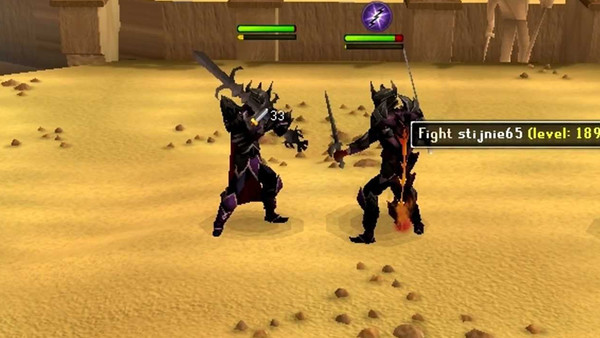

This article examines that evolution and its implications. But since the start of this century the evolution of resistance warfare within a rapidly changing environment has prompted the UW community to reconsider their relevance. Arguably these assumptions were always theoretical attempts to model a messy reality. These include the idea that UW occurs mostly within denied areas the categorisation of resistance movements into underground, auxiliary and guerrilla components the model of a pyramid of resistance activities becoming larger in scale, more violent and less covert until they emerge ‘above ground’ into overt combat and the assumption that the external (non-indigenous) component of UW primarily consists of infiltrated Special Forces elements, or support from governments-in-exile. While Unconventional Warfare (UW) remains a viable, low-cost method of indirect warfare, some of the assumptions underpinning traditional UW have diverged from reality in the last two decades.


 0 kommentar(er)
0 kommentar(er)
